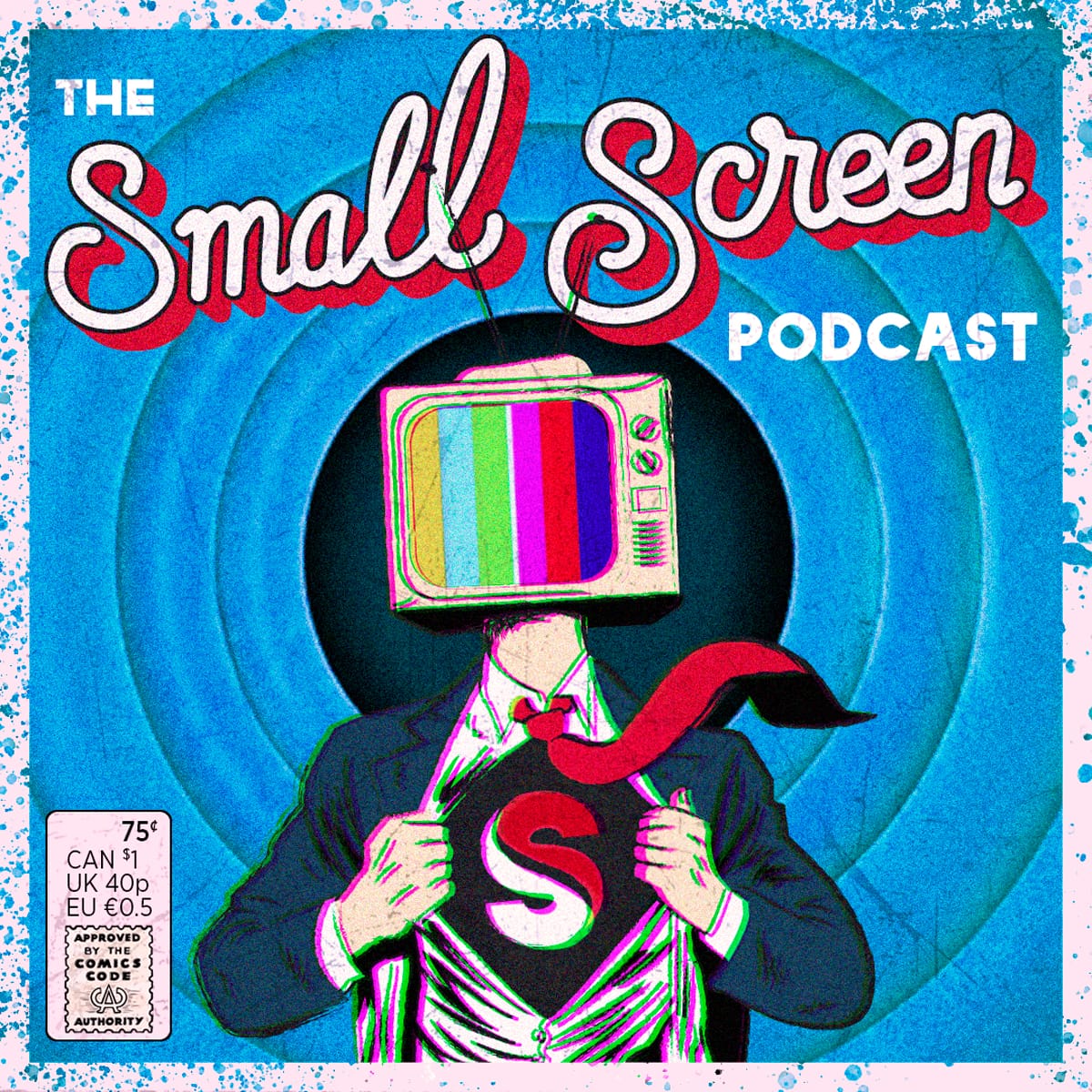Designers: Shigeru Miyamoto, Yoichi Yamada, Eiji Aonuma, Yoshiaki Koizumi
Publisher: Nintendo
Platforms: 3DS, Nintendo 64, Wii (Virtual Console), Wii U (Virtual Console)
It’s taken me the best part of a decade to finish this wonderfully obtuse video game, ever since I started it when it first came out on the Nintendo 64 back in 1998. But it was 10 years well spent as The Legend of Zelda: Ocarina of Time is easily one of the very best video games ever made.
Ocarina of Time is both very familiar and unfamiliar. Its story is a simple one, which resembles many fairytales told to us as children for generations. Princess Zelda is kidnapped by the evil emperor Ganondorf, and you, the green-clad, elvish hero Link, have to search the land of Hyrule far and wide to find her. Traverse dungeons, defeat monsters – all with the legendary Master Sword and the Ocarina of Time (a strange flute-like device which can help you do extraordinary things like change time and call your horse Epona). Your end goal is to not only rescue the Princess, but save Hyrule from the darkness in which it is enveloped.
“The flow of time is always cruel, its speed seems different for each person, but no one can change it. A thing that does not change with time is a memory of younger days…”
Ocarina of Time isn’t really about the story, it’s more about the journey and how you get to the end. For a game that was originally released back in 1998, it’s an incredibly vast world that Nintendo’s designers have created. Without Ocarina of Time there’d be no Skyrim, no The Witcher, no Dark Souls or Bloodborne. It was a game so far ahead of its time that when it was re-released on Nintendo’s handheld system, the 3DS, it still seemed new and fresh. Granted the graphics were spruced up a bit, and the controls were improved, but it was still fundamentally the same game.
I actually stopped playing Ocarina of Time a short while after I first purchased the game on N64 because I found it too hard and wasn’t really up for the intellectual challenge the game puts you through. The internet also wasn’t really a thing back then, so no online walkthroughs, and I had no friends that were Nintendo fanatics like myself to help me. However, when they released a gloriously updated version on the 3DS I couldn’t stop myself from purchasing it yet again, booting the familiar game up and then quickly finding myself struggling once again with the sheer obtuseness of the game. It doesn’t suffer fools gladly.
However, after much effort, and many online walkthroughs the titles finally rolled and complete elation was felt. The game was finished, and the feeling was indescribable: joy, pride, relief, sadness all came over me at once. Once you finish it, you’ll want to relive each agonising second again, almost immediately.
“When peace returns to Hyrule, it will be time for us to say goodbye!”
Ocarina of Time is virtually flawless. The gameplay is perfect; the art style is beautiful and stands the test of time; the boss battles are some of the most memorable in video game history; the score is enchanting; and the side quests are perfectly balanced, moving the story along without becoming distracting. Being a voiceless character, Link serves as a vessel through which you live this remarkable journey. You, the player, become the hero; you can even give him your own name, which is a nice touch in all Zelda games.
Ocarina of Time will have you hooked for hours. You may end up screaming in frustration, frantically foraging through the internet to find some nugget of information explaining how to get past that brick wall you have hit. And ever since its re-release, the 3DS has become the perfect place to play the game. Developers Grezzo have done a fine job in remastering the already near-perfect game, ironing out some of the game’s earlier kinks and adding the wonderful 3D graphics which really make the visuals pop.
Ocarina of Time is an undeniable masterpiece. It belongs in a museum.




















There are no comments
Add yours